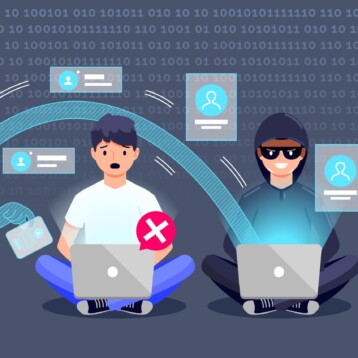
Key performance indicators, known as KPIs, are specific numbers in specific categories that companies use to determine their progress toward a certain goal. This information is gathered as a campaign proceeds and is placed in a customer care CRM, a software system that makes this data available to all departments.
Each department can then evaluate this data and adjust the things they are doing as a part of a campaign accordingly. They can also use these results and data to inform future campaigns.
Setting goals for these KPIs can be a tricky process. You know what you want, but you don’t know what works until you try it out unless you have used similar techniques before. Here are some KPIs, and how to set goals for them.
Sales Revenue
Typically this goal of a campaign is a percentage of improvement. If you are tracking your campaign over a certain period of time, you can figure this percentage using the following formula:
Total sales per (insert time period here) divided by sales brought in by this campaign
Your goal should be to improve your percentage and overall sales quarter over quarter. The percentage will depend on how much you are spending on this campaign and what other campaigns you are running at the same time.
Cost Per Lead
Unlike sales revenue, this is the cost for getting each new lead into your sales funnel. You want this cost to be as low as possible because it impacts overall profits. This can also be expressed using a formula:
Cost of the Campaign divided by Number of leads generated by the Campaign
The key, in this case, is that you must include in your CRM and your marketing automation figures all of the costs associated with the campaign. For inbound marketing campaigns, this includes manpower, technology, and general overhead.
For outbound campaigns, it includes advertising, marketing distribution, manpower (sales and marketing) and general overhead.
Including all of these is essential to making sure your numbers are accurate.
Customer Lifetime Value
Once you get a customer to purchase your product or service, you want to know what their lifetime value as a customer (on average) is. You can increase this value by adding new products, offering new services, and offering discounts and incentives for your customers to continue to buy from you rather than your competition. The formula goes like this:
(Average sale per customer) x (Average number of times a customer buys per year) x (Average retention time in months or years for a typical customer)
Think of it like this: you or someone you know probably has a Starbucks Rewards Card or uses the app. The more you buy from Starbucks, the more rewards you earn. By adding this gaming element, customers spend more on a regular basis, and may stick with Starbucks longer as a customer.
Reaching out to your current customers makes sense, as it increases their lifetime value.
Traffic to Lead Ratio
Understanding where your traffic is coming from, whether that is organic, direct, or social is important. Understanding this helps you understand what is working and what isn’t to get users to your website.
However, traffic to lead ratio is used to measure what the visitor does once they get to your site. Do they buy, or perform the action you are asking them to? If your traffic is steady or increasing, but your lead acquisition or conversion rates are down, something is wrong with your on-page content, and you need to change that up in order for your website to be effective.
The best WordPress lead generation plugins will give you in-depth breakdowns of your visitor’s interactions on your site. This helps you figure out what’s working, and what’s not.
Landing Page Conversion Rates
When you are looking at conversion rates, you need to get specific. The key things you are looking at with landing pages is the number of people who land divided by the number who actually take the action you are calling them to.
Average rates can seem very low, in the 4-6% range. These are barely acceptable numbers. your goal should be for those numbers to reach more like 15-20% or more. This comes from improving not only your on-page call to action but the rest of your campaign including clarity of the ads the user is clicking to get to your website.
Social Media Traffic with Conversion Rates
Above we mentioned as part of traffic to lead ratio that you need to know where your customers are coming from, and what they are doing when they get to your site. One of the most important of these is social media.
One of the reasons is that social media takes up a large part of your manpower and software automation efforts. It is where you are sharing your message and encouraging others to share it as well. If this is not paying off, you need to know why. Is it your message, or the landing page where web visitors are directed? Knowing who, how, and why will help you set goals and refine campaigns.
Setting and measuring KPIs is essential to learn where and how you should invest in your marketing and advertising campaigns. Use these guidelines to help you understand and set goals that are both realistic and achievable.










